Did you know that over 100 million people worldwide now use wearable health technology to monitor their daily activity and vital signs? This rapid growth illustrates how these devices have completely transformed personal health tracking, empowering users with real-time, actionable data. From managing fitness goals to enhancing mental wellness, wearable health technology is a cornerstone in the modern wellness journey.
Startling Facts About Wearable Health Technology

The wearable health technology market has seen unprecedented expansion over the last decade. Statistics indicate a surge not just in usage but also in the versatility of devices available. These gadgets, ranging from simple fitness trackers to advanced ECG monitors, are instrumental in bridging the gap between patients and providers. Globally, the integration of these devices into healthcare ecosystems is enhancing personalized medicine and preventive care, while users enjoy unprecedented insight into their own health.
What You'll Learn About Wearable Health Technology
- Key benefits of wearable health technology in monitoring vital signs and fitness
- Top types of wearable devices transforming health tech
- How wearable technology integrates with patient care and medical devices
- Privacy and security considerations in wearable health technology
- Expert insights from Morgan Rogers on wearable tech's impact on wellness
1. Understanding Wearable Health Technology: Definitions and Scope

What is Wearable Technology in Healthcare?
Wearable health technology refers to electronic devices worn on the body that continuously track health-related data. These devices provide users and healthcare professionals with immediate access to metrics such as heart rate, physical activity levels, sleep quality, and even blood glucose. Morgan Rogers, a licensed therapist and mental health advocate, explains, “Wearable devices that track physical activity, heart rate, and sleep patterns have made health monitoring more accessible and engaging than ever before.” This accessibility is pivotal in motivating individuals to adopt healthier lifestyles and helps clinicians to customize treatment plans with up-to-date data.
Examples of Wearable Health Devices
| Device Type | Function | Health Metrics Monitored |
|---|---|---|
| Fitness Tracker | Tracks steps, calories, and activity | Steps, Heart Rate, Calories |
| Smartwatch | Monitors heart rate, ECG, notifications | Heart Rate, ECG, Sleep |
| Glucose Monitor | Measures blood sugar levels | Blood Glucose |
| ECG Device | Records heart electrical activity | ECG |
2. Top 4 Wearable Technologies Revolutionizing Health Monitoring
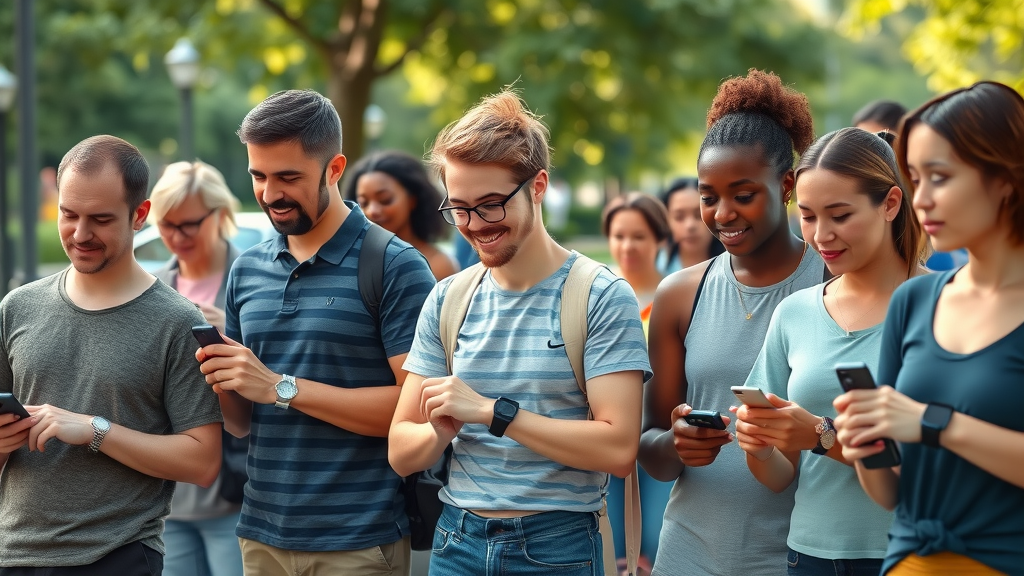
Fitness Trackers and Smartwatches
Fitness trackers and smartwatches remain the most widely adopted forms of wearable health technology . These devices track movement, heart rate, calories burned, and even sleep stages, providing insights that motivate users to improve their fitness routines. The intuitive interfaces and seamless smartphone integration allow users to maintain lifestyle changes and set personalized goals. Furthermore, many smartwatches include advanced features such as ECG monitoring, which can detect irregular heart rhythms, making them invaluable both for wellness and early detection of potential health issues.
Medical Devices for Patient Monitoring
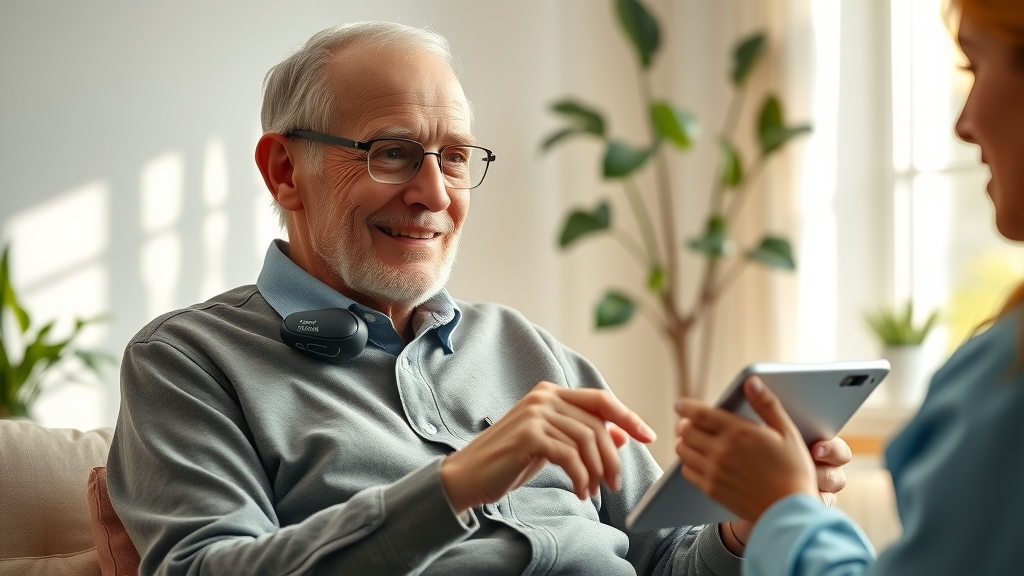
Beyond consumer gadgets, medical-grade devices designed for continuous patient monitoring are revolutionizing chronic disease management. Wireless remote health monitors enable elderly or chronically ill patients to transmit vital data such as ECG readings and blood pressure directly to their healthcare providers. This real-time data allows for timely interventions and reduces hospital readmissions. Morgan Rogers Therapy embraces these technologies to enhance patient engagement and improve overall outcomes by fostering active participation in health management protocols.
Mood and Mental Health Tracking Apps

Wearable technology also extends into mental health, utilizing apps that track mood fluctuations, stress levels, and sleep quality. These tools support users in identifying patterns and triggers related to their emotional well-being. Combined with traditional therapy, such as teletherapy sessions recommended by therapists like Morgan Rogers, these apps help create data-driven, personalized mental health care plans. Users can monitor progress daily and share insights with clinicians to refine treatment strategies, ultimately offering a holistic approach to wellness.
Sleep Monitoring Devices

Sleep quality is a vital but often overlooked pillar of health. Sleep monitoring devices worn as wristbands or embedded in bedding track metrics such as sleep duration, stages, and disturbances. By leveraging wearable health technology , users gain deeper understanding of their sleep hygiene. This data empowers individuals to adjust habits that impact restorative rest, contributing to improved cognitive function, mood balance, and physical health. Such tracking is essential for people managing conditions like insomnia or sleep apnea, complementing medical advice.
3. Benefits of Wearable Health Technology in Personal Health Tracking
Real-Time Health Monitoring and Data Collection
The hallmark of wearable health technology is the ability to collect and transmit real-time health data seamlessly. This immediacy helps users recognize patterns and make informed decisions to improve daily habits. For clinicians, continuous data streams allow for dynamic health management, enabling prompt interventions and personalized treatment adjustments. As Morgan Rogers highlights, this real-time feedback loop makes health monitoring “more accessible and engaging than ever before,” shifting the focus from reactive to preventive care.
Improved Patient Care and Engagement
Wearable devices foster greater patient engagement by providing individuals with tangible data about their health journeys. Healthcare providers can leverage this data to collaborate more effectively with patients, enhancing adherence to treatment protocols and encouraging proactive wellness practices. Patients feel empowered when they witness measurable improvements, strengthening motivation. Technologies such as teletherapy and remote monitoring support this engagement, breaking down barriers to consistent care and improving therapeutic relationships.
Encouragement of Healthy Lifestyle Habits

By visualizing progress, wearable health technology motivates users to sustain healthy behaviors such as exercise, better sleep, and stress management. Receiving reminders, badges, and personalized insights transforms wellness into an approachable, rewarding endeavor. This gamification aspect enhances long-term adherence. As Morgan Rogers advises, leveraging these tools can help build habits that contribute to overall wellbeing while preventing burnout by setting realistic goals and focusing on manageable improvements.
4. Addressing Privacy Concerns in Wearable Health Technology
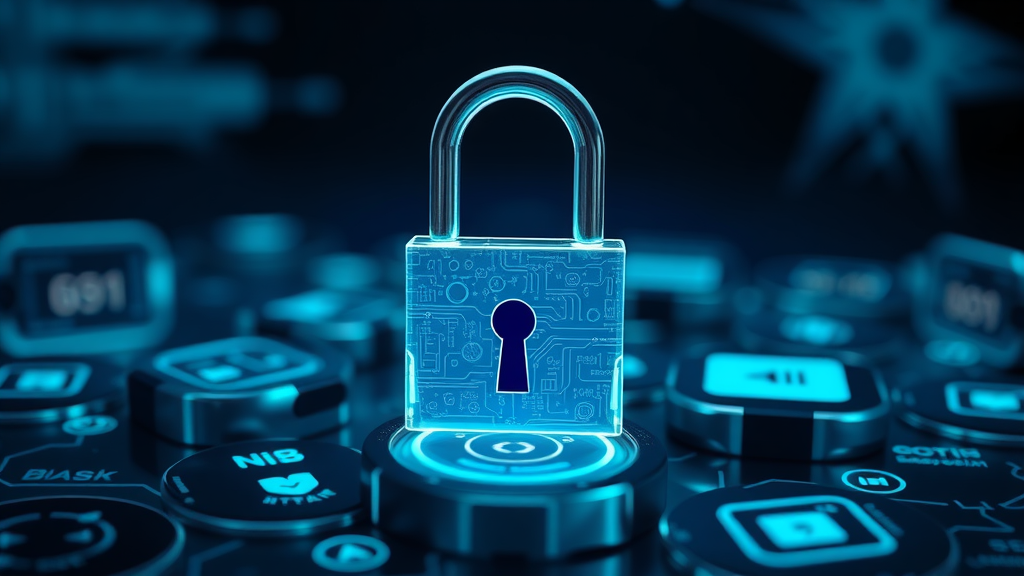
Data Encryption and Security Measures
Privacy is a paramount concern with the proliferation of wearable health technology . Data encryption protocols safeguard sensitive information during transmission and storage, protecting users from unauthorized access and hacking attempts. Leading telehealth and device manufacturers adhere to rigorous security frameworks aligned with industry standards such as HIPAA. Morgan Rogers emphasizes the importance of selecting trusted technologies that prioritize robust encryption and compliance to maintain user confidence while delivering digital care.
Informed Consent and Transparency
Users must be fully informed about how their health data is collected, accessed, and utilized. Transparent privacy policies and clear informed consent processes are crucial, enabling individuals to understand and control their personal information. This transparency fosters trust between users and providers, ensuring ethical usage of data for health monitoring, treatment adjustments, or research without compromising confidentiality.
Best Practices for Users
Experts recommend that users regularly update device software, use strong passwords, and review privacy settings to enhance security. Avoiding public Wi-Fi networks for transmitting sensitive data and being cautious with third-party app permissions also strengthen safeguards. Staying informed about the technology’s data practices and communicating openly with healthcare providers help users take full advantage of wearable health technology responsibly and safely.
5. How to Get Started with Wearable Health Technology
- Start with a simple fitness tracker or meditation app
- Monitor your sleep and activity data regularly
- Consult with healthcare providers about compatible wearable devices
- Set realistic goals to avoid overwhelm
- Adjust tools based on what improves your wellbeing

For those new to wearable health technology , simplicity is key. Beginning with a basic fitness tracker or a meditation app allows one to gradually familiarize themselves with data collection and wellness integration. Regularly checking progress helps uncover insights into personal habits. Collaboration with healthcare professionals can guide selection of devices that align with individual health needs. Remember Morgan Rogers’ advice: “Pick something that fits your lifestyle and comfort level… Technology should simplify your path to better health, not complicate it.”
People Also Ask About Wearable Health Technology
What is wearable technology in healthcare?
Wearable health technology comprises devices worn on the body that monitor health metrics continuously, providing crucial data for fitness, chronic disease management, and mental health support.
What are the 4 wearable technologies?
The four primary types include fitness trackers, smartwatches, medical monitoring devices (like glucose monitors), and mental health tracking apps, each fulfilling unique roles in health management.

What is the best wearable technology for health monitoring?
The best device depends on individual needs; however, smartwatches with comprehensive sensors often provide versatile monitoring capabilities, combining fitness, cardiac, and sleep tracking.
What are examples of wearable health devices?
Examples include Fitbit fitness trackers, Apple Watch smartwatches, continuous glucose monitors for diabetic patients, and mood-tracking mental health apps.
Key Takeaways on Wearable Health Technology
- Wearable health technology offers real-time, personalized health data that empowers users.
- Integration with medical devices and apps enhances patient care and mental health support.
- Privacy and security are critical and require informed choices by users and providers.
- Starting simple and focusing on personal goals prevents overwhelm and promotes sustained use.
- Expert insights highlight the transformative potential of wearable tech in wellness journeys.
Conclusion: Embracing Wearable Health Technology for a Healthier Future
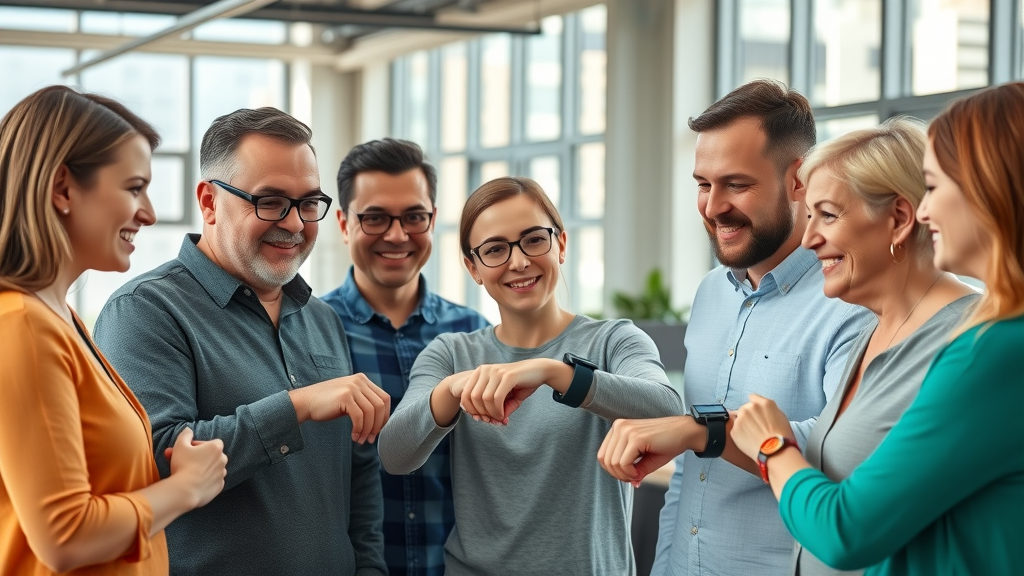
Wearable health technology has indelibly changed how individuals approach their wellness. Offering personalized, real-time insights into physical and mental health, these devices empower users and providers alike. As Morgan Rogers, of Morgan Rogers Therapy, aptly puts it, the fusion of technology and therapy creates unprecedented opportunities to enhance engagement and outcomes. By embracing this digital transformation mindfully and securely, we pave the way towards healthier, smarter personal health management for everyone. The future of wellness is wearable—and it’s brighter than ever.
Take the Next Step with Wearable Health Technology
Ready to improve your health tracking? Explore simple wearable devices or apps today, set achievable wellness goals, and consider integrating telehealth options to maximize your health insights. Start your wearable tech journey now and experience the power of personalized health data!
 Add Row
Add Row  Add
Add 
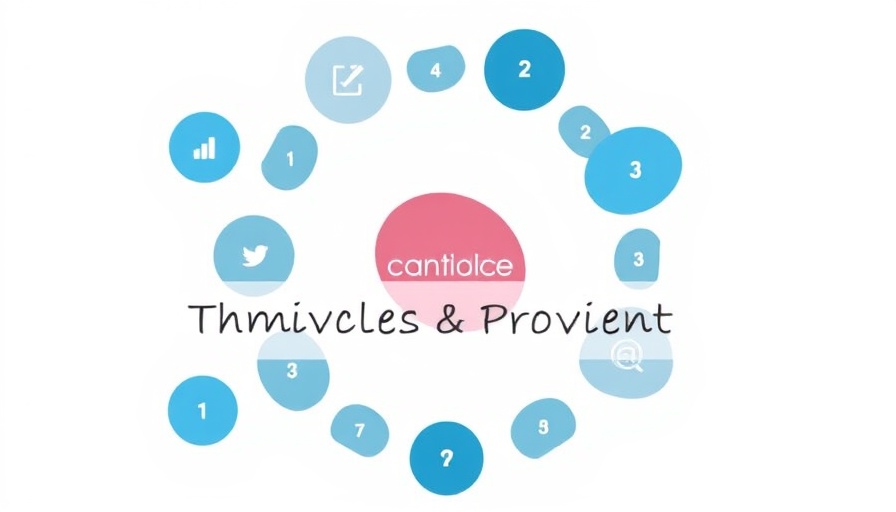


Write A Comment